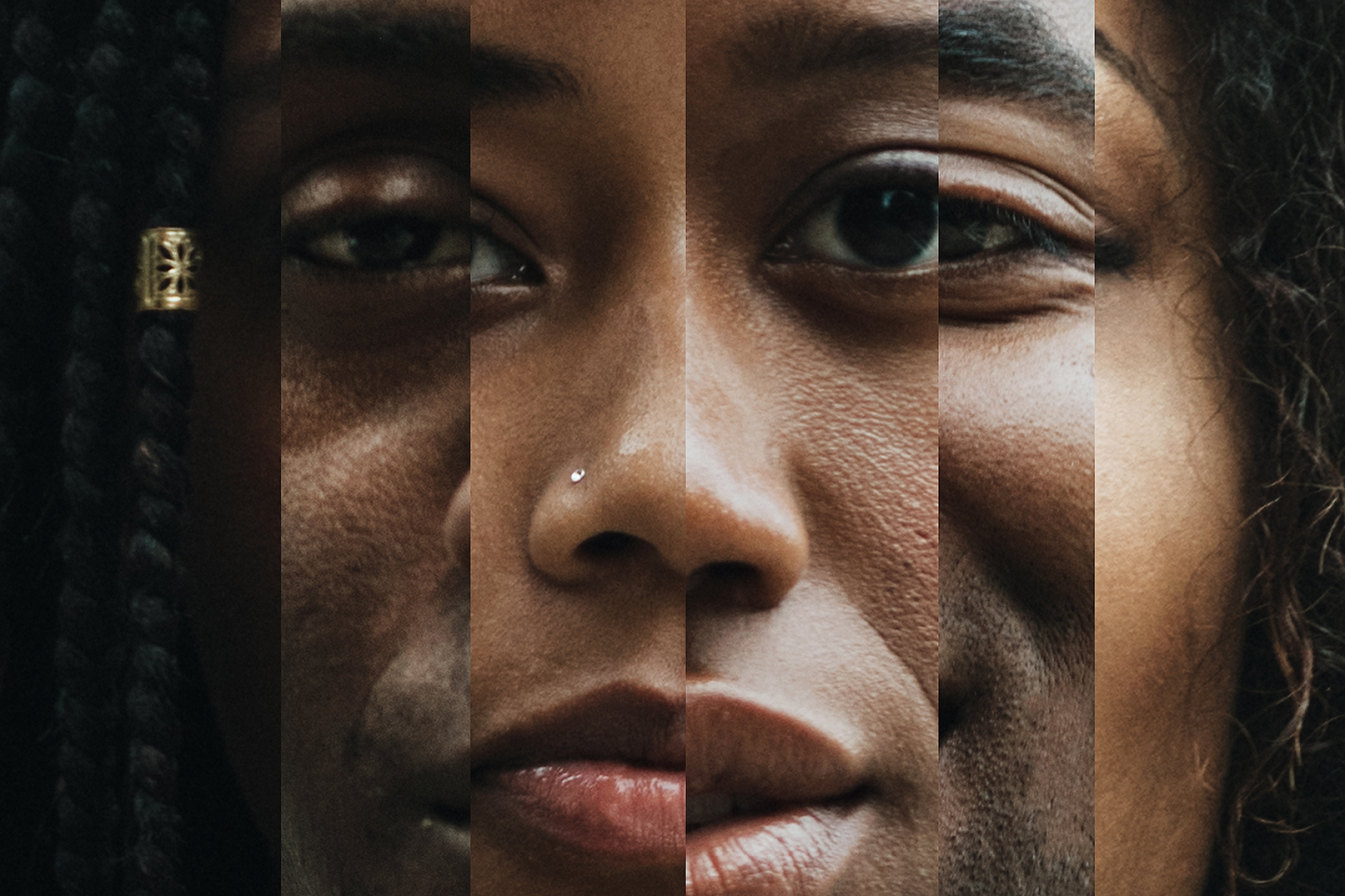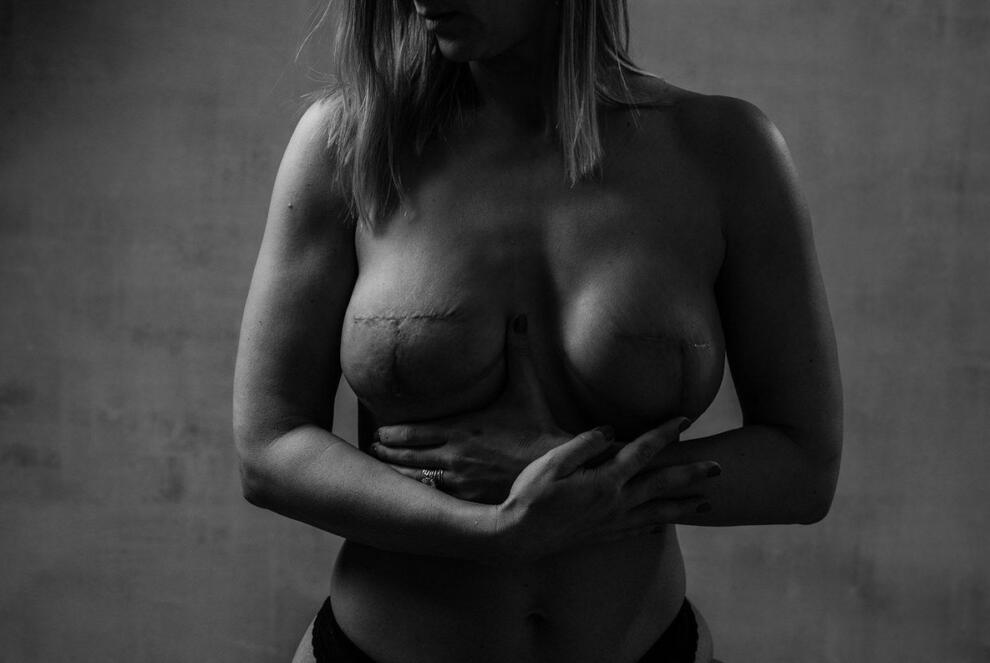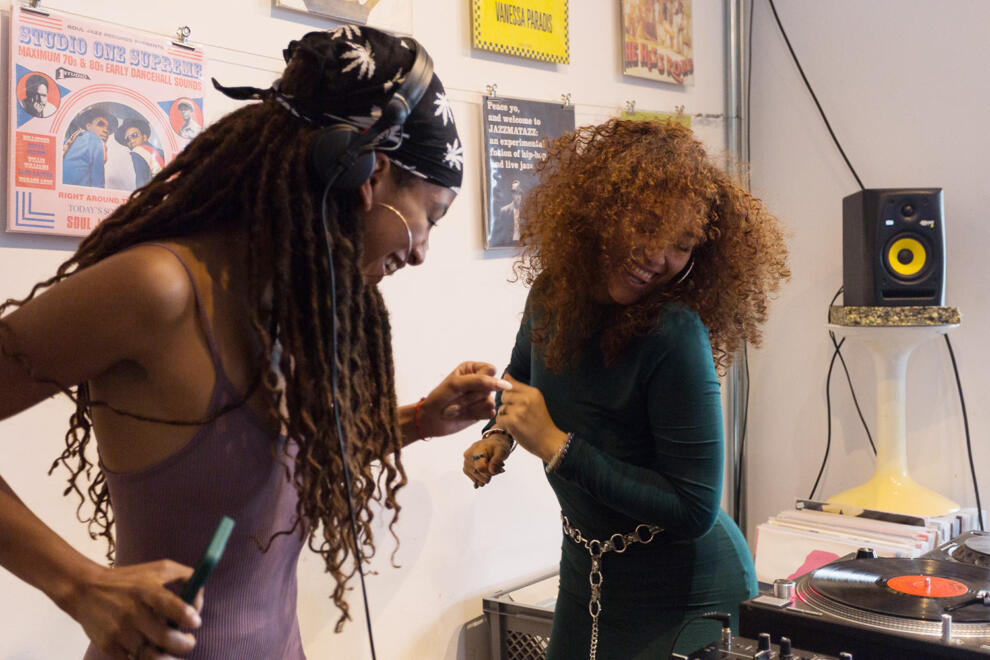It’s Right In Front of You
Racism, medicine & the body’s largest organ.
Public health sets us up for poor health outcomes [and] nudges us towards death by operating with whiteness as the norm,” writes Daniella Barreto, a Black activist and epidemiology graduate, in a Dec. 2020 tweet.
In the early months of the COVID-19 pandemic, Daniella and her family were struck with the virus like millions of others worldwide. Concerned for her mother’s health, Daniella called British Columbia’s COVID-19 hotline. She was told to stay home and only come into the hospital if her mother’s lips turned blue.
“She’s Black,” Daniella said, “her lips will not turn blue.”
The Barreto family’s experience with the helpline is one example of the racism and colourism that plagues Western medicine. Throughout history, there are many examples of doctors and scientists abusing or neglecting people from racialized communities. Today, many medical professionals lack competence (or are intentionally ignorant) in how to assess patients with different skin tones, leading to poor or dangerous outcomes for people with darker skin.
As an example, a quick internet search for ‘lip cyanosis’ (skin turning blue due to lack of oxygen) will show images of white people with previously pink or reddish lips, now a light shade of blue or purple. A more detailed investigation will turn up resources explaining that people with darker skin may instead experience grey or whitish skin around the mouth — and those with a yellower skin tone may find themselves going green. Lighter-skinned people have fewer cells that produce melanin pigment in their lips, meaning blood vessels (and therefore the blood’s redness) are more visible.
This lack of melanin also means medical devices like pulse oximeters (as well as wearable tech like Fitbits) work better for lighter-skinned than darker-skinned people. The technology uses light to ‘see’ blood through the skin, meaning that readings for darker-skinned wearers are often less accurate. Incorrect blood-oxygen or heart rate readings can have serious and far-reaching implications. In the U.S., incorrect readings can affect eligibility for health insurance claims, further marginalizing BIPoC communities.
Luckily, Daniella’s mother recovered from COVID-19. Sadly, across the Atlantic, a similar experience ended tragically for the Akinnola family. The U.K.’s National Health Service (NHS) also operates a public health hotline and when Tinu Akinnola called about her husband Femi’s COVID-19 symptoms, the handler, who had completed just ten weeks of training, asked if his lips were blue.
“He’s Black,” she told them and, while she and her children tried investigating, they could not tell if his lips had changed colour. Femi was told to remain home. Days later, he passed away.
The Akinnola family does not blame the NHS hotline operators, they told The Guardian. Low health competency around darker skin and the Black experience is a systemic issue.
The results of this lack of knowledge and empathy towards patients with darker skin can be devastating despite the solutions being remarkably simple
Neglected communities are often misled by a healthcare system that centres whiteness. For example, a report in the International Journal of Dermatology showed that 66 per cent of Black people surveyed have never worn sunscreen, believing they could not get sunburn. The misconception connects back to inadequate health care — an American survey of dermatology residents found that 47 per cent had not been trained on Black skin. Another study shows that Black people are nine times less likely than white people to be prescribed sunscreen.
Again, the consequences are dire. A lack of awareness means Black folks often miss the early signs of skin cancer, one of the deadliest consequences of sun exposure.
“Studies show that Black people are four times more likely to be diagnosed with advanced stage melanoma and tend to succumb at a rate of 1.5 times more than white people with a similar diagnosis,” reports Healthline.
As the body’s largest organ, the skin is often a key indicator of health. Bumps, scars, lacerations, bruises, rashes, pimples, and discolouration appear differently on different skin types and tones. This has forensic implications too. In cases of violence or assault, survivors often need to prove the severity of their injuries, yet inflictions like bruises and cuts are often dismissed as less serious on darker skin.
The results of this lack of knowledge and empathy towards patients with darker skin can be devastating. And, yet, the solutions are remarkably simple. If healthcare professionals and the general public knew how common conditions show up on different skin types, many tragedies could be prevented.
Thankfully, there are visionaries pioneering new technology, educational tools, and best practices to tackle this issue.

Illustration provided by Chidiebere Ibe
One of the most basic issues is a lack of appropriate medical terminology to describe skin colours. Many professionals are stuck with subjective labels like ‘light,’ ‘medium,’ or ‘dark,’ or with overly-broad race descriptors like Caucasian (white), Black, or Asian. To combat this, the British Association of Dermatologists Lexicon Group developed the Eumelanin Human Skin Colour Scale, a five-point scale used to describe the full spectrum of possible human skin colours.
In 2021, Chidiebere Ibe’s illustration of a Black fetus in the womb went viral. For many, it was the first time they had seen a medical illustration with darker skin. A 2018 study found that only five per cent of the 4,000 textbook illustrations reviewed depict people of colour. Chidiebere was subsequently invited to contribute to the second edition of Mind the Gap: A Handbook of Clinical Signs on Black and Brown Skin, edited by Malone Mukwende, Margot Turner, and Peter Tamony.
“The aim of this booklet is to educate students and essential allied healthcare professionals on the importance of recognizing that certain clinical signs do not present the same on darker skin. This is something which is not commonly practiced in medical textbooks as there is a ‘white skin bias’,’” says Malone Mukwende.
Similarly, the Brown Skin Matters Instagram account helps document the appearance of various conditions on darker skin.
“Shingles is more recognizable by texture than color on melanated skin,” reads one post.
VisualDX, a U.S. company, offers visual guides for medical professionals to compare and review symptoms. In 2020, they developed a library of racially diverse images and added a new filter to their database allowing users to search by skin tone.
Another simple solution: Browndages, a company that creates bandages in a diverse range of skin colours. The default ‘nude’ bandages sold at most shops do not match the skin colour of many people. Beyond health care, there are cosmetic companies who understand the specific needs of people with different skin types and tones. Black-owned makeup brands like Fenty Beauty and Pat McGrath Labs are often applauded for their wide range of foundation colours while many only cater to lighter skin tones.
To address the forensic issue, scientists at George Mason University developed a method of using alternate light sources to increase the visibility of bruises on darker skin. They found that their method was five times more effective than using only white light and have begun working with the National Institute of Justice.
“To provide high-quality care for dark-skinned patients, healthcare professionals shouldn’t use skin assessment standards based on light skin colour. We must increase the body of knowledge pertaining to appropriate methods for assessing skin colours along the entire continuum. Until all healthcare disciplines practice colour awareness, we may be promoting healthcare disparities based on skin colour. We can’t afford to be ‘colour-blind’,” urges Marilyn S. Sommers, a professor of nursing at the University of Pennsylvania.







